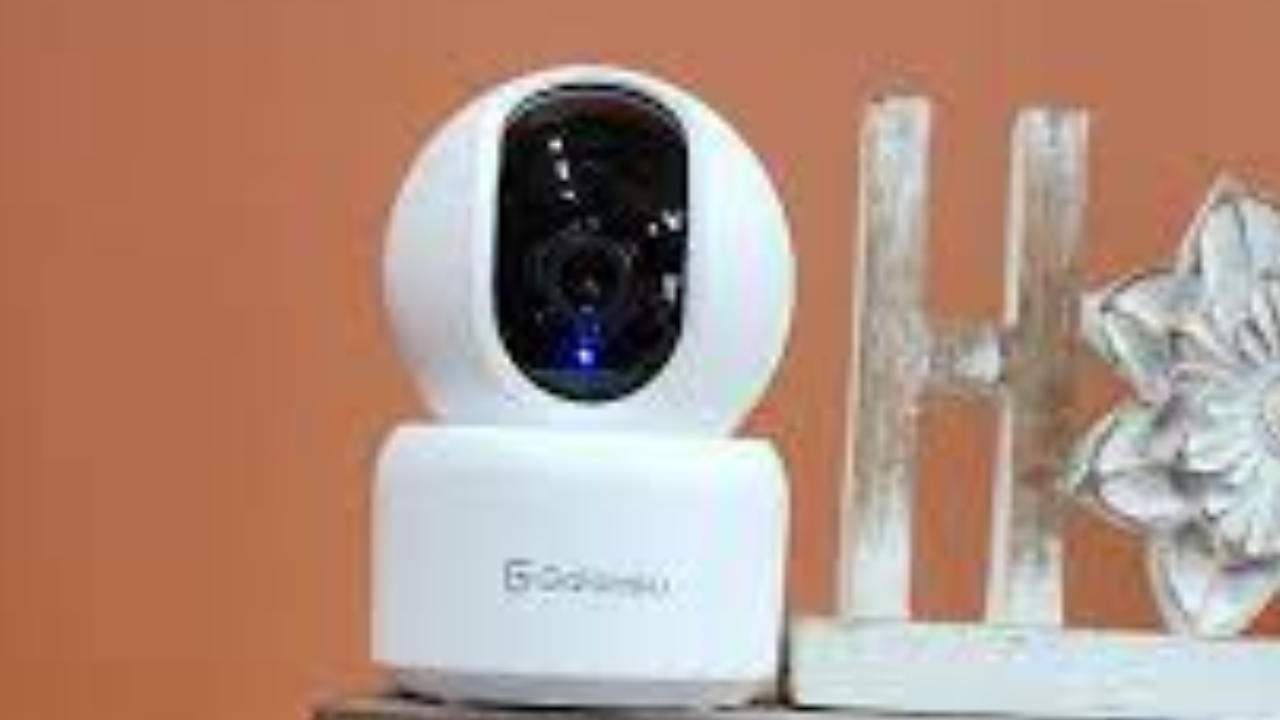Wi-Fi security cameras are surveillance tools that allow for remote video recording and monitoring by connecting to a Wi-Fi network. Due to their simplicity of installation and ability to be installed almost anywhere within a Wi-Fi signal's range, these cameras provide flexibility in setup. They frequently have night vision, motion detection, and two-way audio features, which let users talk to guests, and take crisp pictures even in dimly lit areas.
Many Wi-Fi security cameras come with cloud storage choices for easy access to recorded video from any location with an internet connection. If you want to get more info about Wi-Fi security cameras click here for more information. Wi-Fi security cameras offer dependable home or business security solutions with their sophisticated features and simple setup process.
How Secure Are Wi-Fi Security Cameras?
When the right safety measures are followed, Wi-Fi security cameras can be made secure. Encryption techniques, strong passwords, and frequent program updates lessen vulnerabilities. But if they're not sufficiently secured, they can still be hacked. When two-factor authentication is available, users should use it, prioritize network security, and stay away from default settings. Wi-Fi security camera security depends on routinely watching what happens with the cameras and taking swift action when something seems off.
Standard Procedures for Debugging Wi-Fi Security Cameras
Debugging Wi-Fi security cameras requires a methodical strategy to locate and effectively fix these problems. The following are the common methods for troubleshooting Wi-Fi security cameras:
Determine the Issue
Finding the precise problem or symptom influencing a Wi-Fi security camera's operation is the first step in debugging it. Connectivity issues, troubles with streaming video, poor image quality, false alerts from motion detection, power outages, and software bugs are all common problems. Understanding the nature of the issue clearly will help you identify possible causes and put focused solutions in place.
Check Physical Connection
Make sure that the camera's physical connections such as the power and, if necessary, Ethernet cables are plugged in safely and aren't broken. Incorrect or loose connections can result in sporadic problems or total camera failure. To guarantee correct operation, check the camera's power supply as well, whether it comes from a wall outlet, battery pack, or PoE (Power over Ethernet) injector.
Check for Network Connectivity
Verify the network connection that exists between your network switch or Wi-Fi router and the camera. Make sure there are no obstacles preventing connectivity and that the camera is within the Wi-Fi signal's range. Check the Wi-Fi signal strength at the camera's location using a laptop or smartphone, and if necessary, move the camera or the router to a better place for greater coverage.
Device Restarts
Give the camera, WiFi router, and any other network devices used in the surveillance setup a soft reset or a power cycle. Rebooting the device could occasionally fix momentary bugs or connectivity problems. Before trying the camera once more to check if the issue still exists, let each device finish a full restart.
Upgrade the Firmware
Verify whether firmware upgrades are available for the camera and any connected hardware, such as the router or NVR (Network Video Recorder). Firmware updates are frequently released by manufacturers to fix issues, boost performance, and increase compatibility with updated network protocols. For safe firmware update download and installation, according to the manufacturer's instructions.
Examine Your Camera Settings
Check for any errors or discrepancies in the camera's settings menu, which may be accessed via the manufacturer's web interface or mobile app. Check that the network settings—which include the password, encryption type, and SSID (Wi-Fi network name)—match those on your Wi-Fi network. To maximize camera performance, you should also check recording schedules, motion detection sensitivity, and other pertinent settings.
Keep An Eye on Network Traffic
Utilize your router's built-in features or network monitoring software to examine network traffic and spot any unusual activity or excessive bandwidth usage connected to the camera. Delays in video streaming, buffering, or connectivity problems can be caused by heavy network traffic or congestion. To improve performance, change the Quality of Service (QoS) settings on your router to give the camera's traffic priority.
Conclusion
Wi-Fi security cameras, which provide flexibility, convenience, and the ability to watch remotely, have become essential parts of contemporary surveillance systems. You may quickly find and fix problems with Wi-Fi security cameras to guarantee dependable monitoring and peace of mind by adhering to these common techniques. Maintaining your surveillance system in good working order requires proactive monitoring, regular firmware updates, and routine maintenance.


